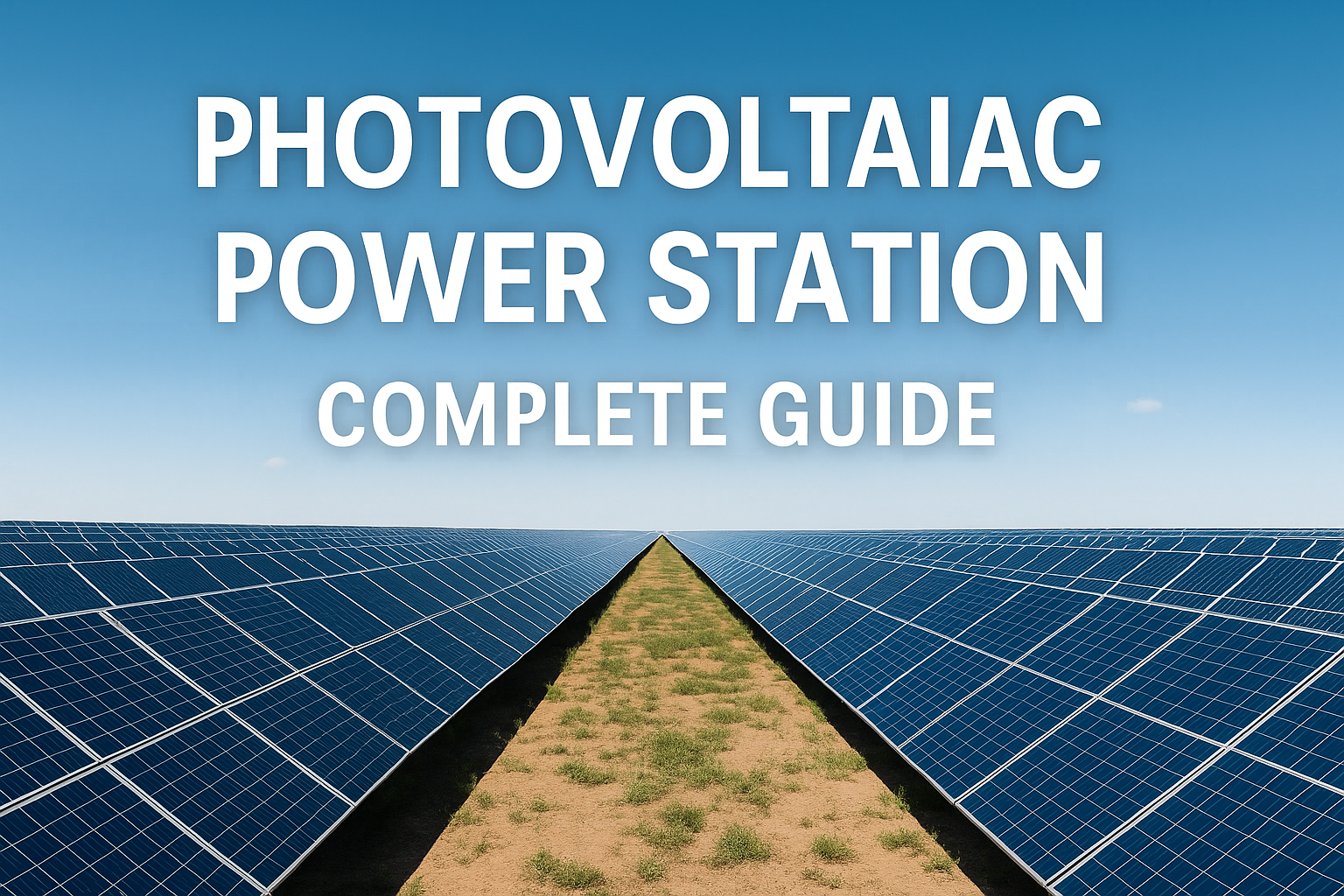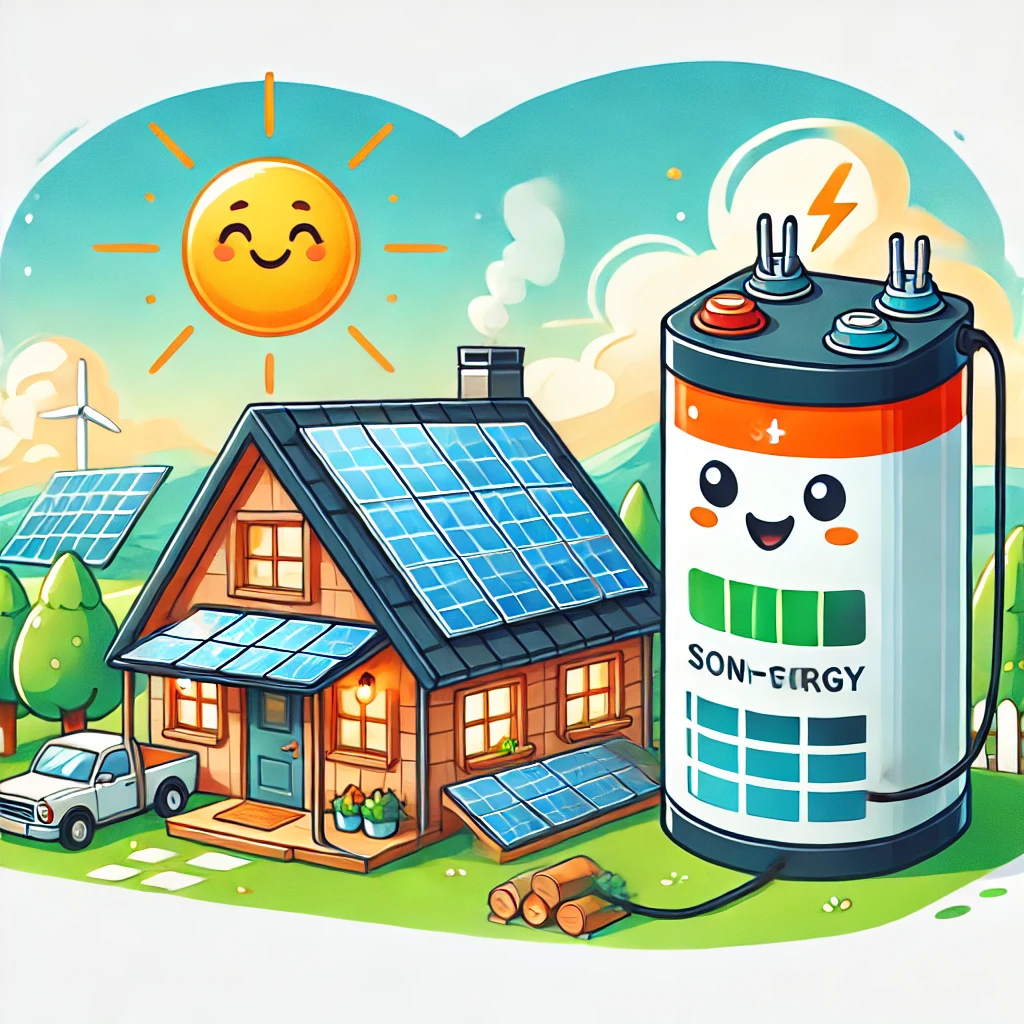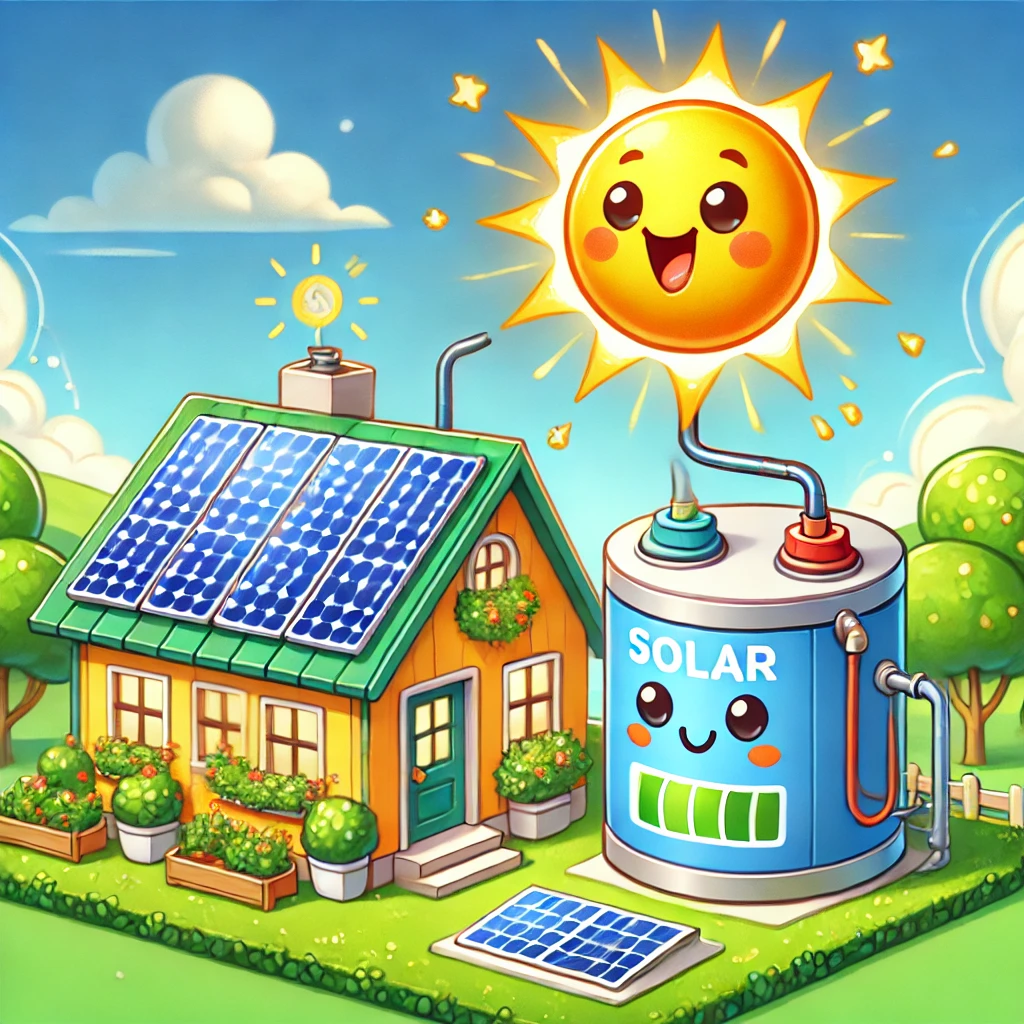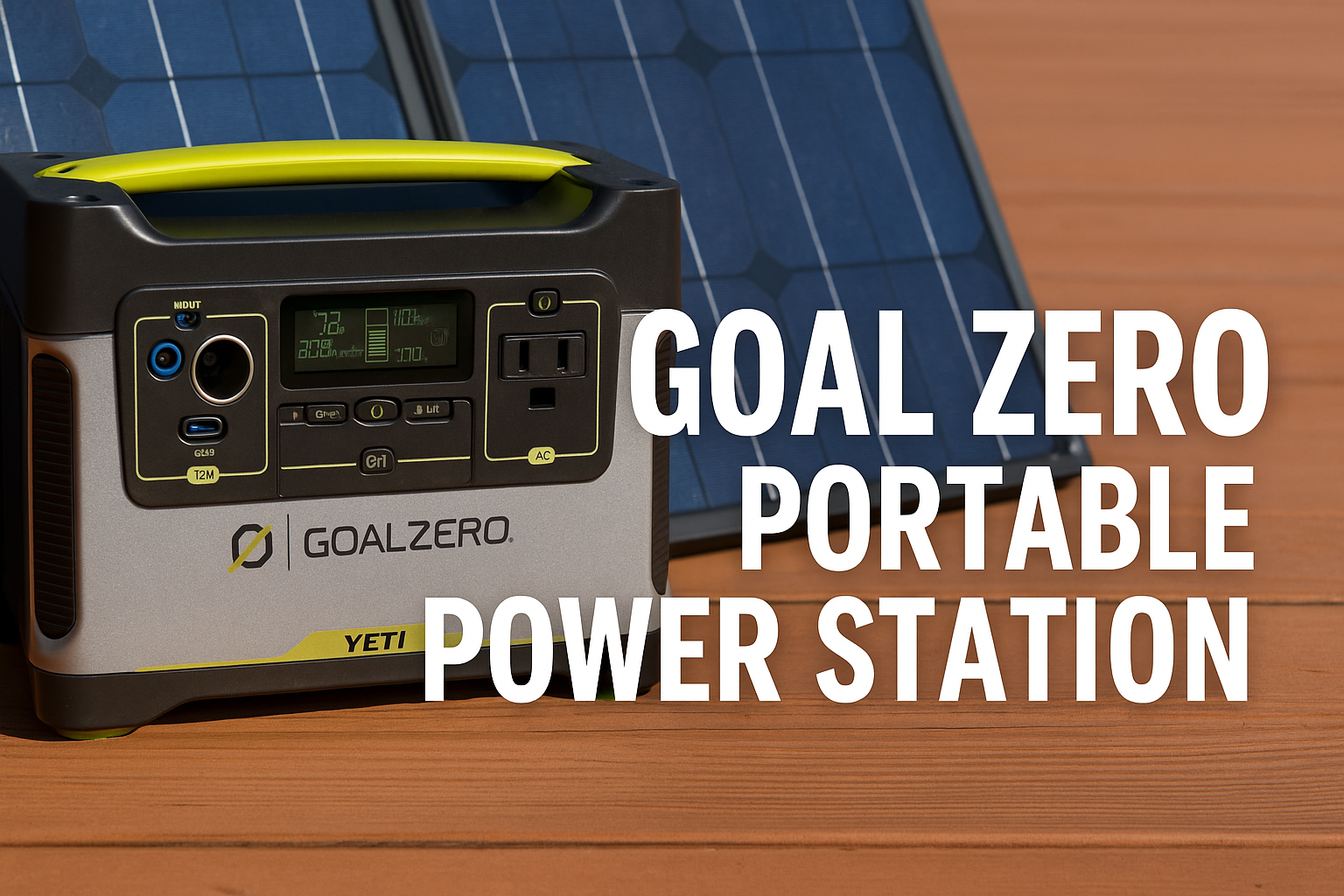Introduction
A photovoltaic power station, often referred to as a solar farm or solar power plant, is a large-scale facility designed to generate electricity using solar panels. Unlike rooftop solar systems used by households, these stations produce electricity on a much bigger scale—feeding it directly into the power grid.
As the world transitions from fossil fuels to renewable energy, photovoltaic (PV) power stations are taking center stage. Countries are building vast solar farms across deserts, open fields, and even floating reservoirs to harness clean energy and meet growing demand.
In this article, we’ll dive into every aspect of photovoltaic power stations: how they work, different types, benefits, challenges, costs, and their future in the global energy mix.
What Is a Photovoltaic Power Station?
A photovoltaic power station is a large facility that uses solar photovoltaic technology to convert sunlight directly into electricity.
- Photovoltaic (PV) refers to the process of converting light (photo) into electricity (voltaic) using semiconductor materials.
- The station consists of thousands (or even millions) of solar panels arranged in rows, connected to inverters and transformers.
- The electricity generated is transmitted to the local or national power grid for use by homes, businesses, and industries.
In essence, a photovoltaic power station is like a giant power plant, but instead of burning coal or gas, it silently captures sunlight and turns it into clean electricity.
How Does a Photovoltaic Power Station Work?
The operation of a solar power plant can be broken into several stages:
1. Capturing Sunlight
Solar panels (modules) contain photovoltaic cells made from semiconductor materials like silicon. When sunlight hits these cells, electrons are knocked loose, creating a flow of electricity.
2. Converting DC to AC
The electricity produced is direct current (DC), but homes and businesses use alternating current (AC). Large inverters within the station convert DC into AC for grid use.
3. Step-Up Transformation
Transformers increase the voltage of the electricity for efficient transmission through power lines.
4. Feeding the Grid
The electricity is then fed into the utility grid and distributed just like power from conventional plants.
Components of a Photovoltaic Power Station
A modern PV power station has several key components:
- Solar Panels – The most visible part, arranged in large fields.
- Mounting Structures – Hold the panels at the correct angle, fixed or tracking.
- Tracking Systems – Some stations use single-axis or dual-axis trackers to follow the sun, maximizing energy output.
- Inverters – Convert DC to AC.
- Transformers & Substations – For voltage regulation and grid connection.
- Control Systems – Monitor performance, safety, and output.
- Energy Storage (Optional) – Some stations integrate batteries to store excess energy for night use or peak demand.
Types of Photovoltaic Power Stations
Not all solar power stations are built the same way. Their design depends on location, scale, and purpose. The main types include:
1. Land-Based Solar Farms
- Built on open land, often in deserts or rural areas.
- Typically the largest type of photovoltaic power station.
- Example: The Tengger Desert Solar Park in China.
2. Rooftop Solar Power Plants
- Large commercial buildings or warehouses with thousands of panels.
- Smaller than desert farms but crucial for urban clean energy.
3. Floating Solar Farms
- Panels mounted on floating platforms in lakes or reservoirs.
- Benefits include reduced land use and improved panel efficiency due to cooling by water.
- Example: The Dezhou Floating Solar Farm in China.
4. Hybrid Systems
- Combine solar PV with other renewable sources like wind or hydro.
- Some also pair with batteries for stable supply.
Global Growth of Photovoltaic Power Stations
The solar industry has witnessed explosive growth over the past decade. According to the International Energy Agency (IEA), solar PV has become the cheapest source of electricity in many regions.
- China leads with massive desert solar farms.
- India is rapidly expanding, with huge projects like the Bhadla Solar Park.
- United States has significant installations in California, Nevada, and Texas.
- Europe is investing heavily, with Spain and Germany at the forefront.
- Middle East & Africa are turning deserts into clean energy hubs.
By 2030, photovoltaic power stations are expected to supply a significant share of the world’s electricity demand.
Advantages of Photovoltaic Power Stations
Why are countries and companies investing billions into solar farms? Here are the main benefits:
1. Clean & Renewable
Solar energy doesn’t produce greenhouse gases, helping combat climate change.
2. Abundant Energy Source
The sun delivers more energy to Earth in an hour than humans consume in a year. PV stations tap into this massive resource.
3. Falling Costs
The cost of solar panels has dropped by more than 80% in the past decade, making large-scale projects highly economical.
4. Quick Deployment
Solar farms can be built faster than fossil fuel or nuclear power plants.
5. Energy Security
Countries reduce dependence on imported fuels by generating power locally.
6. Job Creation
Solar power stations create thousands of jobs in manufacturing, installation, and maintenance.
Challenges of Photovoltaic Power Stations
Despite the benefits, PV power stations face challenges:
1. Intermittency
Solar power depends on sunlight. Cloudy days and nighttime reduce output.
2. Land Use
Large solar farms require vast areas of land, which can conflict with agriculture or ecosystems.
3. Energy Storage
Without batteries, excess energy can’t be stored, limiting round-the-clock supply.
4. Initial Costs
While prices are dropping, upfront investment is still high.
5. Recycling
Disposal of old solar panels is a growing environmental concern.
Photovoltaic vs. Other Power Plants
How do solar power stations compare with other energy sources?
- Coal Plants: Provide steady power but emit high CO₂.
- Wind Farms: Similar renewable benefits but depend on wind availability.
- Hydropower: Reliable but can disrupt ecosystems.
- Nuclear: Low emissions but high risk and cost.
PV power stations stand out for their low maintenance, scalability, and zero emissions.
The Role of Energy Storage
To solve the intermittency problem, many new solar stations include battery storage systems. Lithium-ion batteries are common, but newer technologies like flow batteries and hydrogen storage are emerging.
With storage, solar farms can provide steady electricity even after sunset, making them more reliable as a baseload power source.
Costs of Building a Photovoltaic Power Station
The cost of building a PV power station depends on:
- Location (land cost, sunlight availability).
- Scale (larger stations benefit from economies of scale).
- Technology (fixed panels vs. tracking systems, with or without storage).
On average:
- Utility-scale solar costs range from $700–$1,200 per kilowatt installed.
- A 100 MW solar farm can cost between $70 million and $120 million.
Despite the high upfront cost, operating costs are very low, and plants can last 25+ years.
Case Studies: Famous Photovoltaic Power Stations
1. Bhadla Solar Park (India)
- Capacity: 2,245 MW
- Spread across 14,000 acres in Rajasthan.
- One of the world’s largest solar parks.
2. Tengger Desert Solar Park (China)
- Nicknamed the “Great Wall of Solar.”
- Capacity: 1,547 MW.
- Covers over 1,200 km² of desert.
3. Noor Abu Dhabi (UAE)
- Capacity: 1,177 MW.
- One of the largest single-site solar plants globally.
These examples show how countries are scaling solar to power millions of homes.
The Future of Photovoltaic Power Stations
The future looks bright for PV power stations, with advancements including:
- Floating Solar Expansion → Using water bodies to reduce land conflicts.
- Bifacial Panels → Capture sunlight on both sides for higher efficiency.
- AI & Smart Grids → Smarter energy management and grid balancing.
- Cheaper Storage → Better batteries to make solar a 24/7 power source.
- Decentralized Microgrids → Combining solar farms with local energy distribution.
Experts predict that by 2050, solar could supply 20–30% of global electricity.
Conclusion
Photovoltaic power stations represent a cornerstone of the clean energy transition. They harness the limitless power of the sun, reduce carbon emissions, and create a sustainable path forward.
While challenges like intermittency and land use remain, ongoing innovations in storage, efficiency, and design are making them more reliable than ever.
As countries race to meet climate goals and power growing populations, solar farms will continue to expand, reshaping how the world produces and consumes electricity.
In short, photovoltaic power stations aren’t just an option for the future—they are already powering the present.




